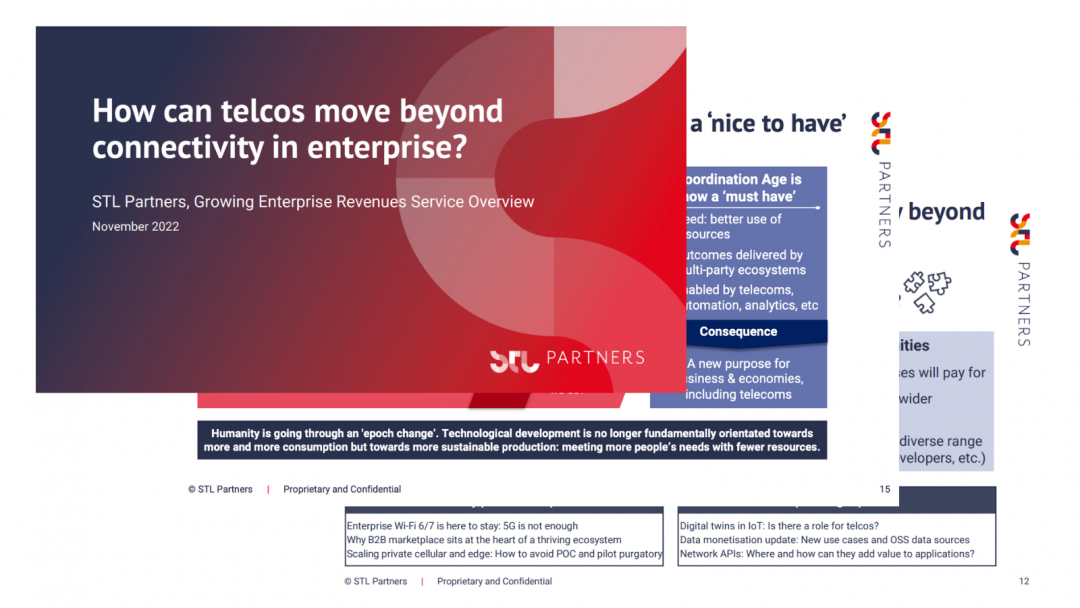
Video analytics is a large and growing market
Video analytics is the processing and analysis of visual data (images or videos). When artificial intelligence is used to extract information from the data, it is referred to as intelligent video analytics or computer vision, although video analytics is often still used as a shorthand.
Video analytics stands out as a huge opportunity. It has the potential to be a killer application for edge computing, due to:
-
- The large and growing market – In 2021 there were an estimated one billion surveillance cameras operational around the world. With the number of cameras predicted to grow by 20% in the period 2017-2024, AI and analytics will become increasingly important to capture value from the wealth of video footage being collected each day.
-
- The ability for edge computing to grow the market – Without edge computing, video analytics is hindered by challenges with data sovereignty, and the cost of sending high-bandwidth data to the cloud (a problem that is heightened as video streams increase in quality). Edge computing therefore plays a key role in enabling video analytics, including more advanced AI/ML-enabled analytics, in a cost-effective way.
-
- Its relevance to almost all industries – Video analytics can address a wide variety of use cases, from understanding consumer habits in retail, to analysing how football players kick a ball. In the case of video analytics for security, it is relevant across virtually all industries – education, transport, manufacturing, the list goes on.
The market for edge-enabled video analytics will be worth $75bn by 2030
Video analytics is a huge application for private 5G and edge computing, accounting for a quarter of edge revenues in 2021 (topped only by cloud gaming). In 2021 the edge-enabled video analytics market was worth over $5 billion globally. This is predicted to grow to $75 billion by 2030 at a CAGR of 34%.

There are many application areas for video analytics, of which three are shown in the figure above. Of the three, video ingest and analysis for security and surveillance is the biggest short-term opportunity, representing an estimated 21% of the total edge computing market in 2021. This is due to the large base of installed security cameras that already exists, to which video analytics solutions can easily be retrofitted.
However, by 2030, video analytics for production and maintenance will be a larger opportunity. This will grow throughout the decade along with the move to Industry 4.0 and increase in automation resulting in an increase in sensors and analytics. Verticals like manufacturing, oil and gas and logistics will therefore be key adopters of this use case.
For more information about the video analytics opportunity at the edge, check our report How video analytics can kickstart the edge opportunity for telcos and STL Partners – Edge computing market sizing forecast
Download this article as a PDF
Read more about growing enterprise revenues
Growing Enterprise Revenues overview pack
Our overview pack explores how the telecoms industry can leverage new business models to meet enterprise customer needs
Telco APIs and Open Gateway: You can’t make an omelette without breaking some eggs
This article provides an assessment of where the market is to date post-MWC Barcelona, and what telcos can do to accelerate the opportunity.
Telco managed cybersecurity: incorporating cloud native application security
While the move to cloud native is a top priority for many enterprises, it introduces new security risks. There are individual solutions that minimise this risk, but a unified platform can offer a holistic approach. Telcos could strengthen their offerings by incorporating such platforms into their managed security services.
The Economy of Things: enabling the monetisation of IoT data
The Economy of Things (EoT) represents the natural transition of the Internet of Things (IoT). Whilst the IoT enables the generation of data from their devices and their sensors, the EoT can provide the means for the data to be transacted and monetised across a multi-participatory ecosystem. By 2030, at STL Partners we forecast that there will be 3.3 billion EoT enabled devices worldwide.





